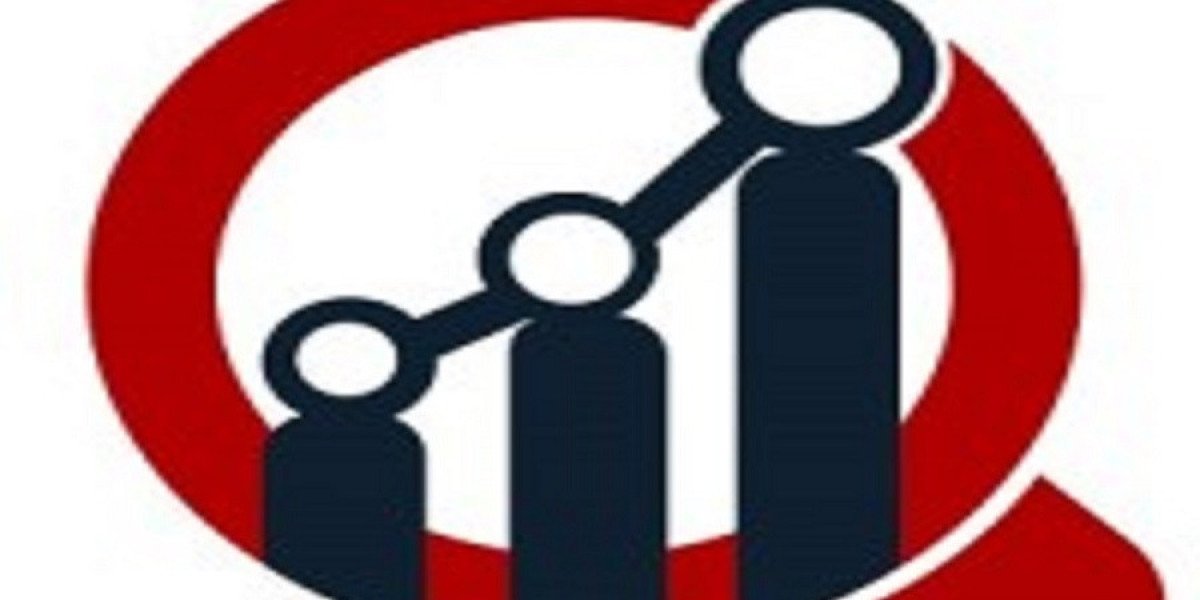As per Market Research Future, the Utility Vegetation Management Market is witnessing significant growth, driven by the increasing demand for reliable power distribution, regulatory compliance, and the need to minimize outages caused by vegetation interference. Utility vegetation management (UVM) involves the strategic planning, maintenance, and monitoring of trees, shrubs, and other vegetation around power lines, substations, and utility infrastructure to ensure operational safety, reduce fire hazards, and maintain uninterrupted electricity supply.
Utility vegetation management is a critical aspect of power utility operations because vegetation encroachment is a leading cause of power outages and safety incidents. Overgrown trees or branches that come into contact with power lines can cause short circuits, equipment damage, and even wildfires in vulnerable regions. To mitigate these risks, utility companies implement vegetation management programs that include trimming, pruning, removal of hazardous trees, and regular inspections. The scope and intensity of these programs are influenced by geographical conditions, vegetation density, and local climate patterns.
The UVM process typically begins with a comprehensive assessment of the vegetation around utility assets. Geographic Information System (GIS) mapping, aerial surveys, and remote sensing technologies are employed to identify high-risk areas. Utilities then prioritize maintenance schedules based on the potential threat level, proximity to critical infrastructure, and regulatory requirements. Proper planning ensures that maintenance activities are conducted efficiently while minimizing disruption to the surrounding environment and communities.
Regulatory compliance is a major driver for utility vegetation management. In many regions, utilities are legally required to maintain safe distances between vegetation and power lines to prevent outages and reduce fire risks. Non-compliance can result in heavy penalties, reputational damage, and increased liability for damages. Therefore, utilities often adopt a proactive approach, combining routine maintenance with emergency response measures to manage vegetation risks effectively.
Technological advancements are transforming the UVM market. Drones, LiDAR technology, and satellite imagery are increasingly used for precise vegetation monitoring, allowing utilities to identify potential risks without extensive field inspections. Automated vegetation management systems can predict growth patterns, optimize trimming schedules, and enhance decision-making, resulting in cost savings and improved safety outcomes. Furthermore, specialized software platforms help utilities track maintenance records, manage contractor activities, and ensure regulatory adherence.
The market for utility vegetation management encompasses various services, including tree trimming, herbicide application, right-of-way (ROW) clearing, and vegetation monitoring. Companies offering UVM services often provide customized solutions based on client requirements, local vegetation types, and environmental regulations. Additionally, the focus on sustainability has led to the adoption of eco-friendly practices, such as selective trimming, native species preservation, and minimal use of chemicals, ensuring that vegetation management aligns with environmental stewardship goals.
Utility vegetation management not only enhances grid reliability but also contributes to broader operational efficiency. By preventing outages, reducing emergency repairs, and mitigating wildfire risks, UVM programs help utilities maintain uninterrupted power supply, protect infrastructure, and optimize resource allocation. With the expansion of renewable energy and the growing complexity of modern power grids, the importance of structured vegetation management programs continues to rise.
FAQs
1. What is the primary goal of utility vegetation management?
The primary goal is to maintain safe distances between vegetation and utility infrastructure to prevent power outages, equipment damage, and fire hazards, ensuring reliable electricity supply.
2. How do technologies like drones and LiDAR improve vegetation management?
These technologies enable precise mapping and monitoring of vegetation, allowing utilities to identify high-risk areas, optimize maintenance schedules, and reduce the need for manual inspections.
3. Why is regulatory compliance important in UVM?
Regulations mandate safe clearance between vegetation and power lines to prevent outages and fires. Non-compliance can result in fines, legal liabilities, and reputational damage.
Effective utility vegetation management is essential for modern power systems, balancing safety, reliability, and environmental responsibility. By leveraging advanced technologies and adopting proactive strategies, utilities can minimize risks, maintain uninterrupted service, and contribute to a safer, more sustainable energy landscape.
More Related Reports:







